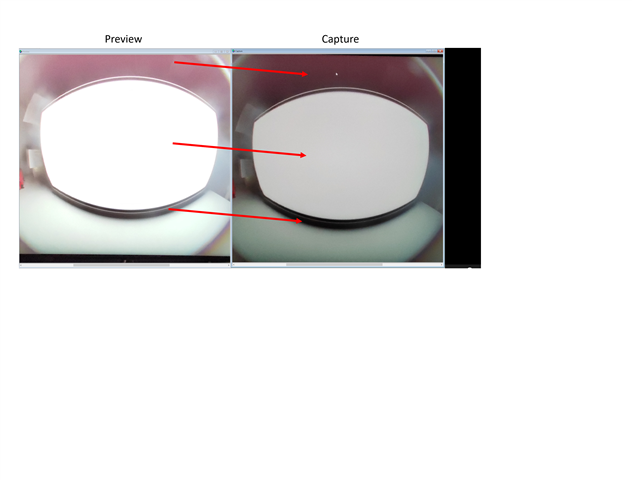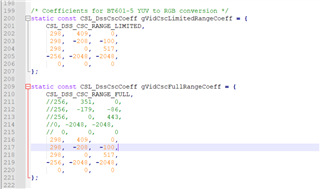Hello TI team,
We have query regarding the brightness difference in preview and in YUV.
In lowlight scenarios what we see in preview and in YUV dump have luma difference. Both are checked on the same display.
Output from TI TDAV4VM is connected to Display monitor using DP cable.
TI YUV dump converted to PNG.

TI preview snapshot







